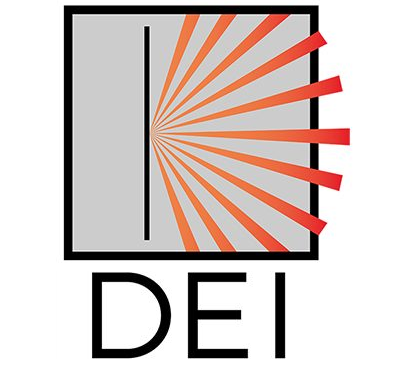Miscellaneous and Emerging Applications of Dual-Energy Computed Tomography for the Evaluation of Pathologies in the Head and Neck.
Abstract
Dual-energy computed tomography (DECT) and its specific algorithms and applications have been increasingly recognized in clinical practice as a valuable advance in technology beyond what is possible with the established postprocessing capabilities of single-energy multidetector computed tomography, mainly because of its potential benefits regarding image quality and contrast. DECT may represent an alternative approach to purely attenuation-based imaging of the head and neck, because it provides a material-specific visualization based on spectral information. With this approach, owing to its physical properties, iodine can be assessed as a potential “biological tracer” to improve depiction of tumor conspicuity and grade of invasion.
